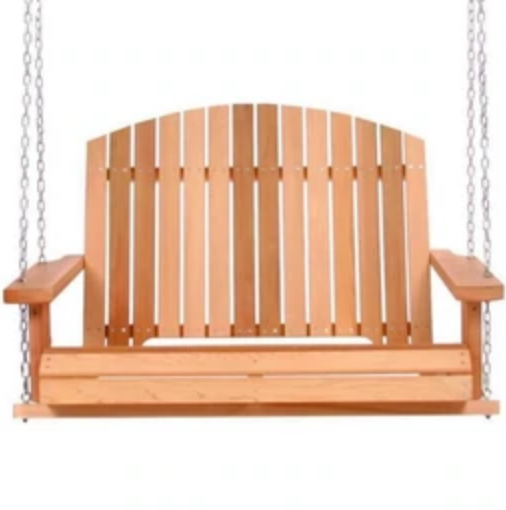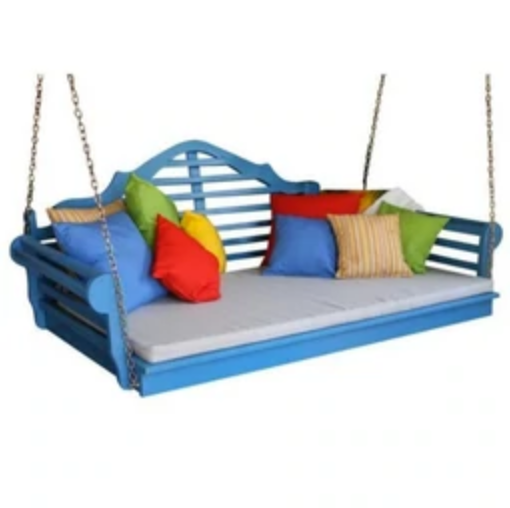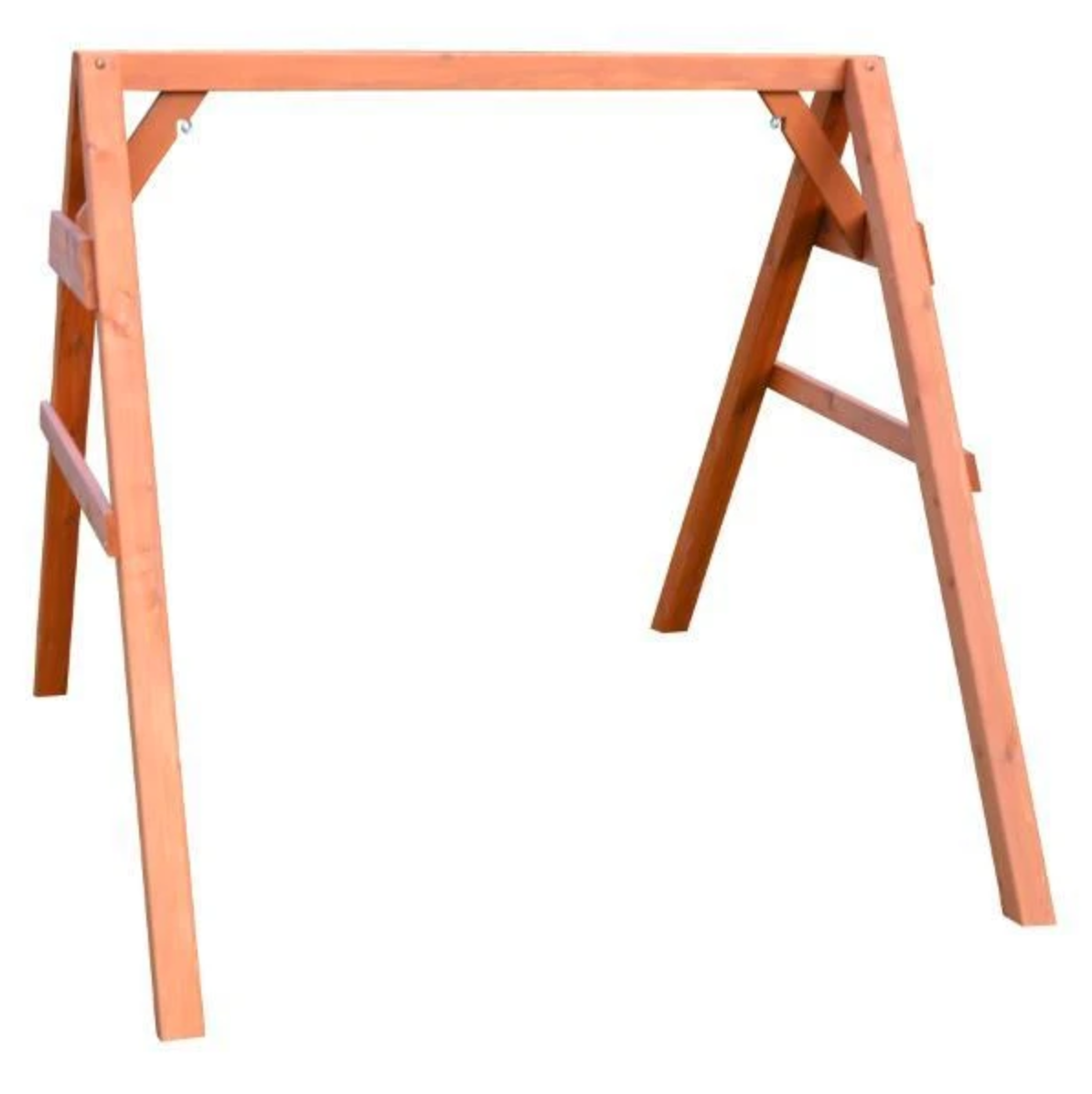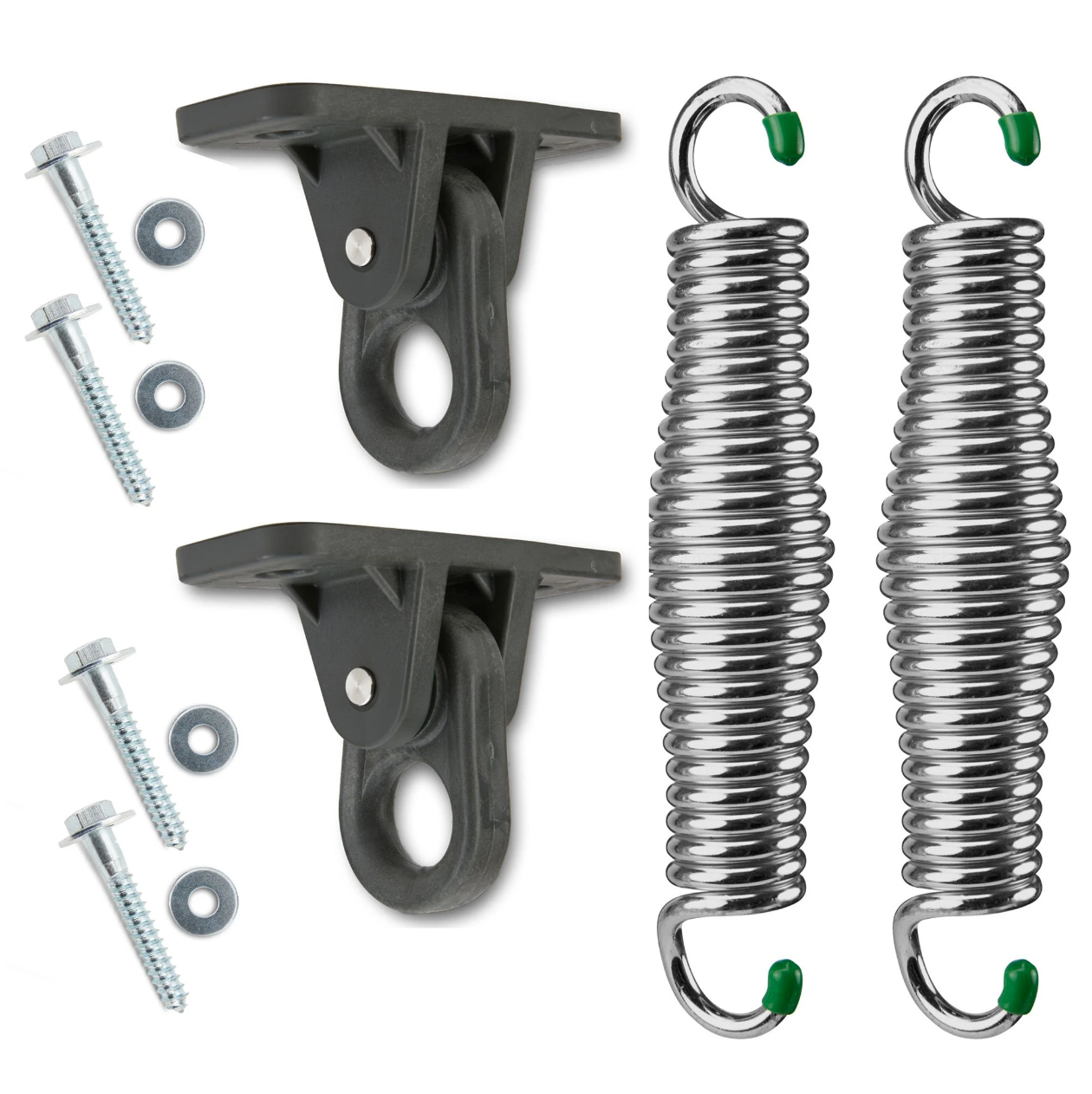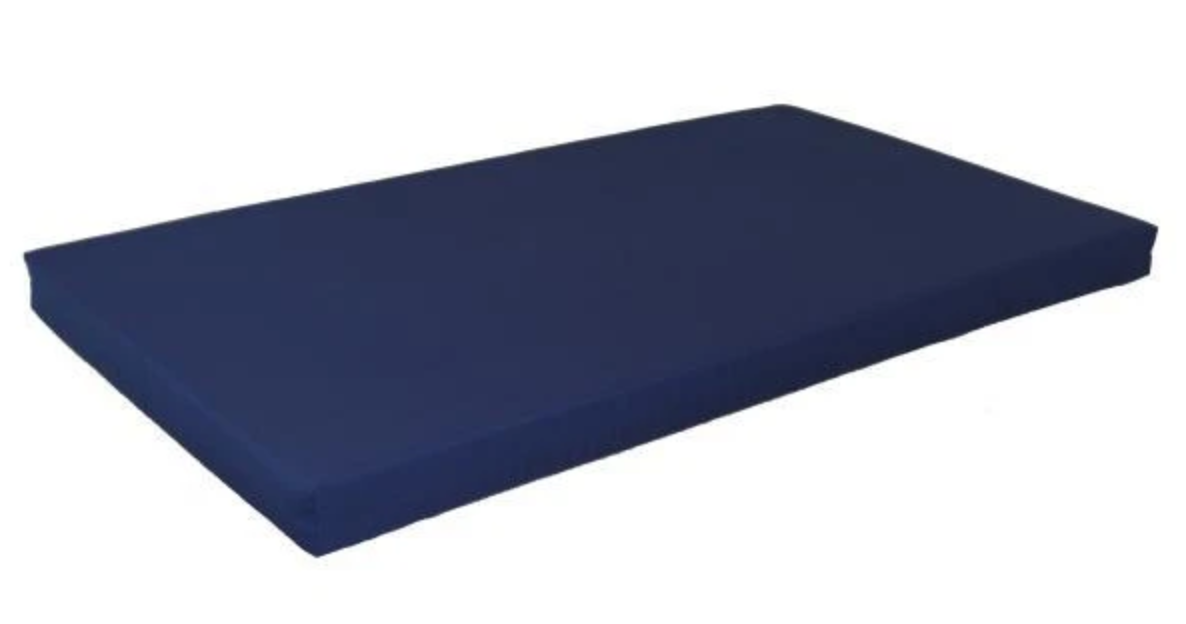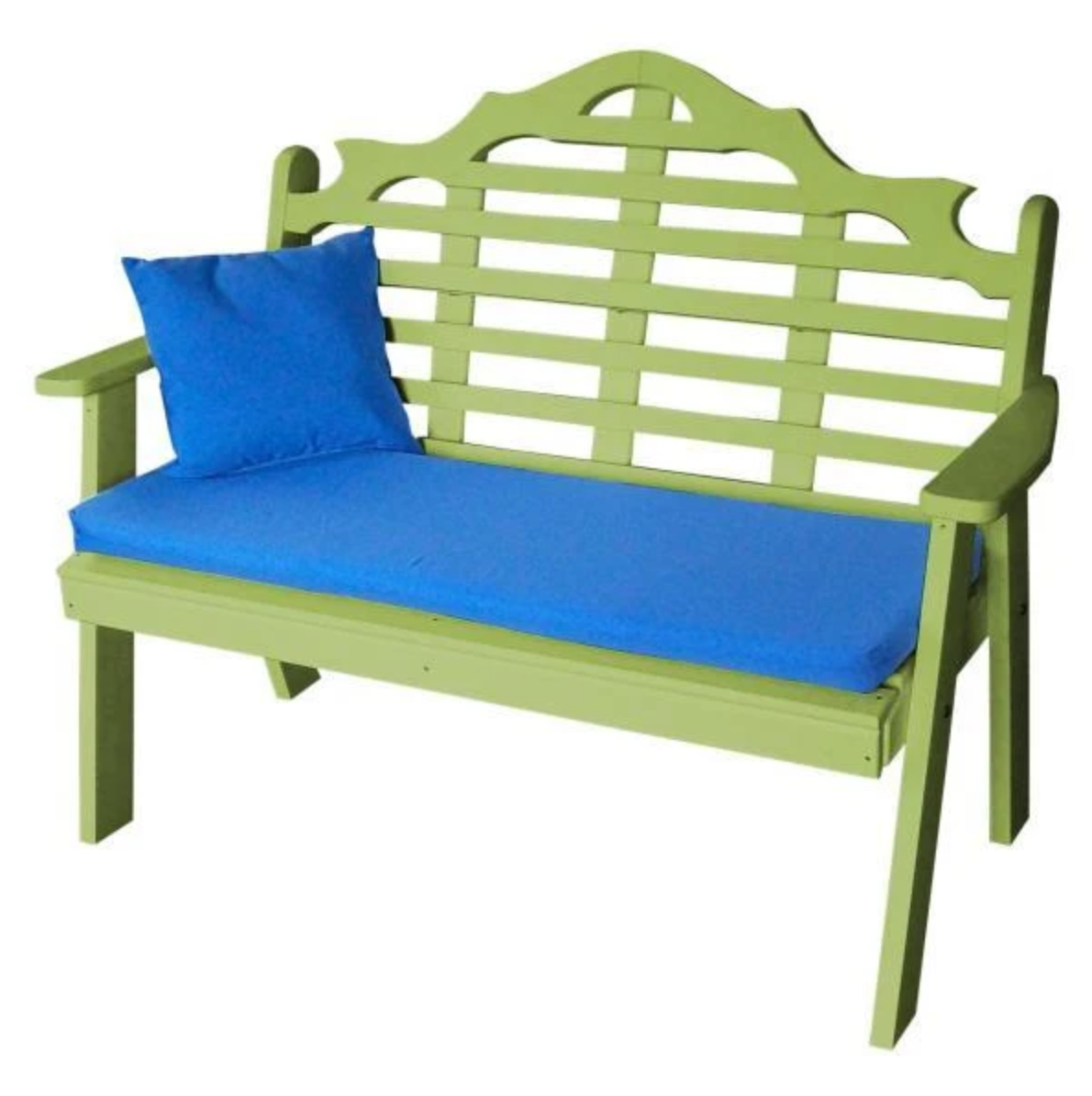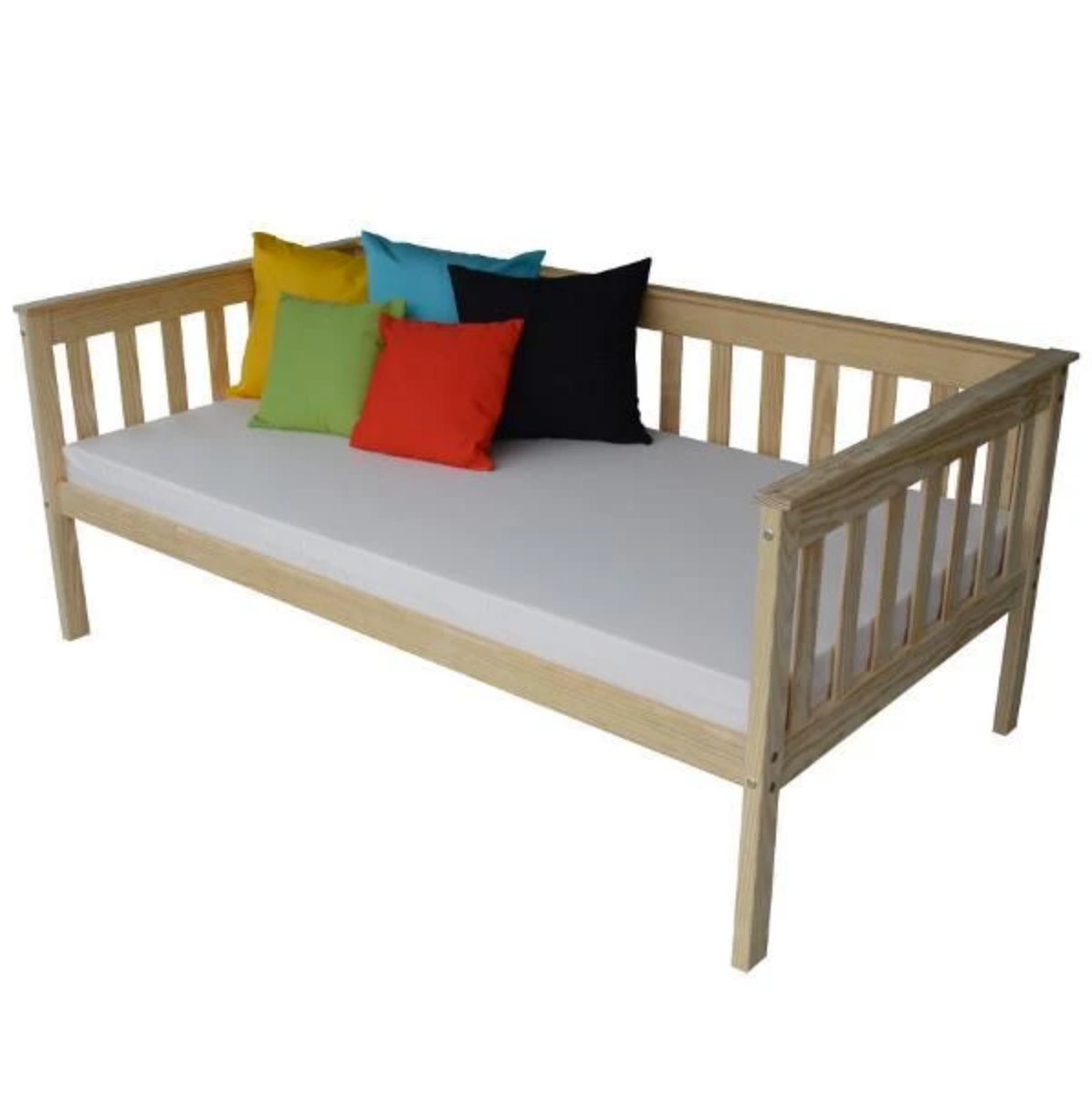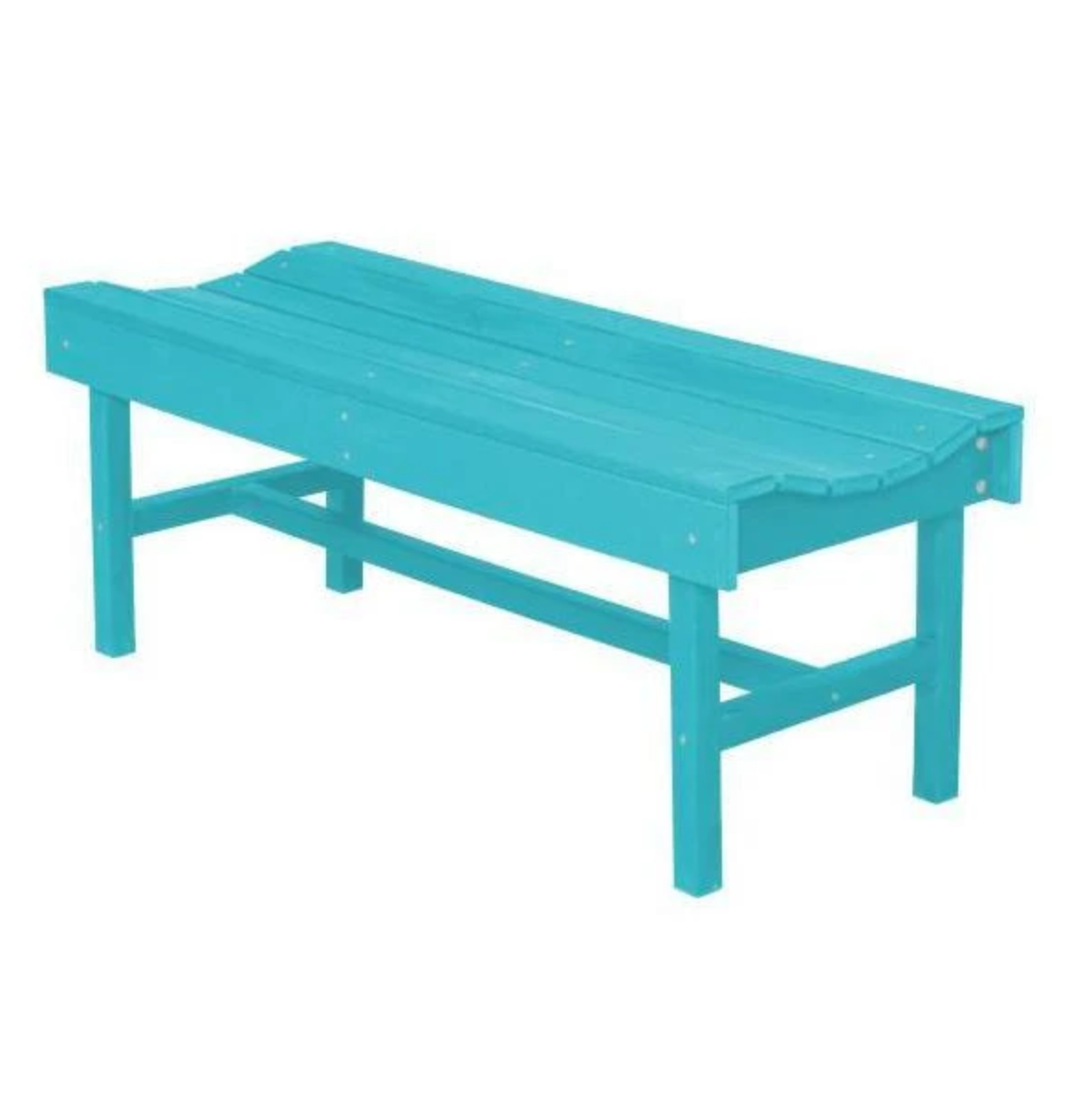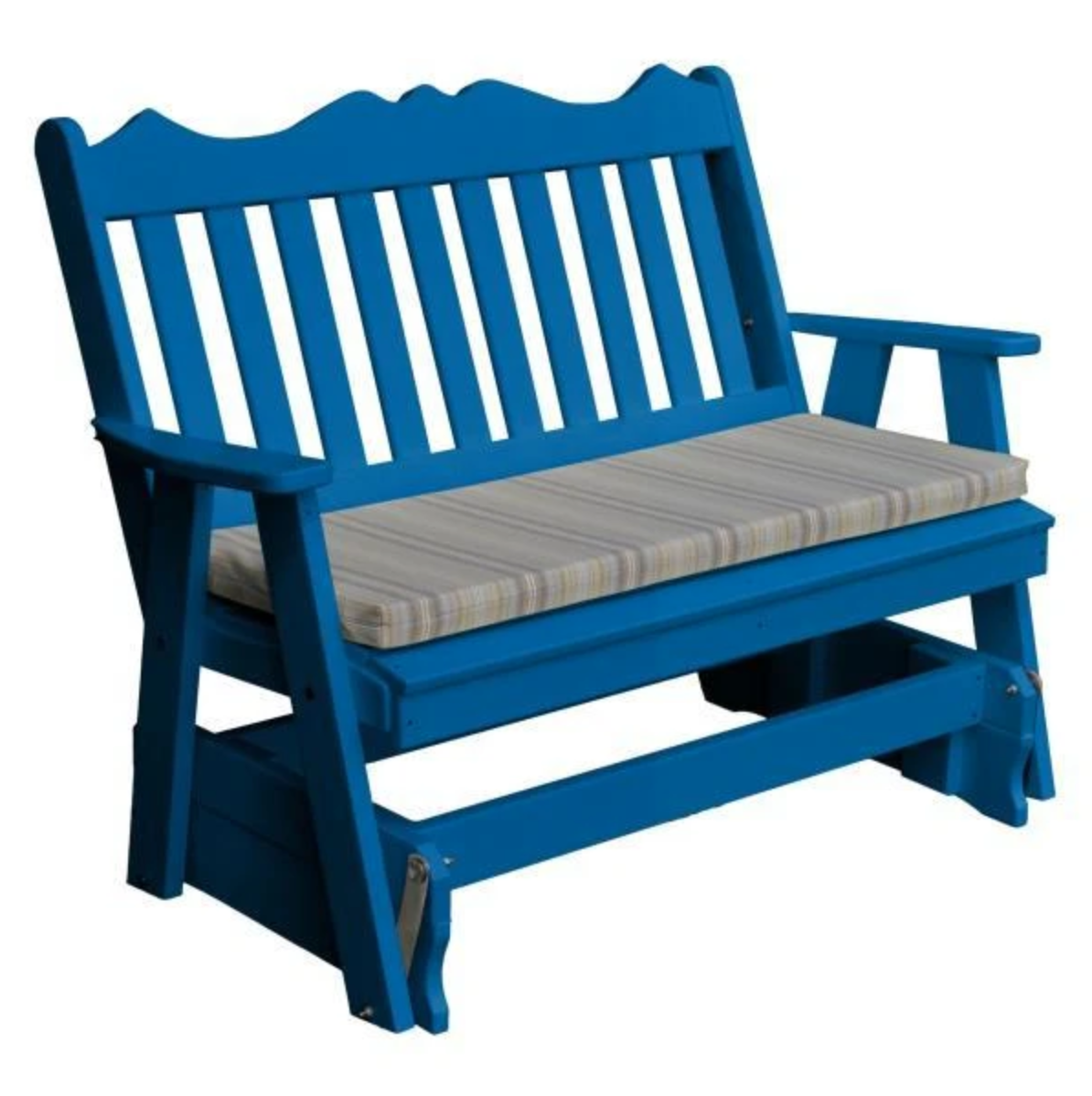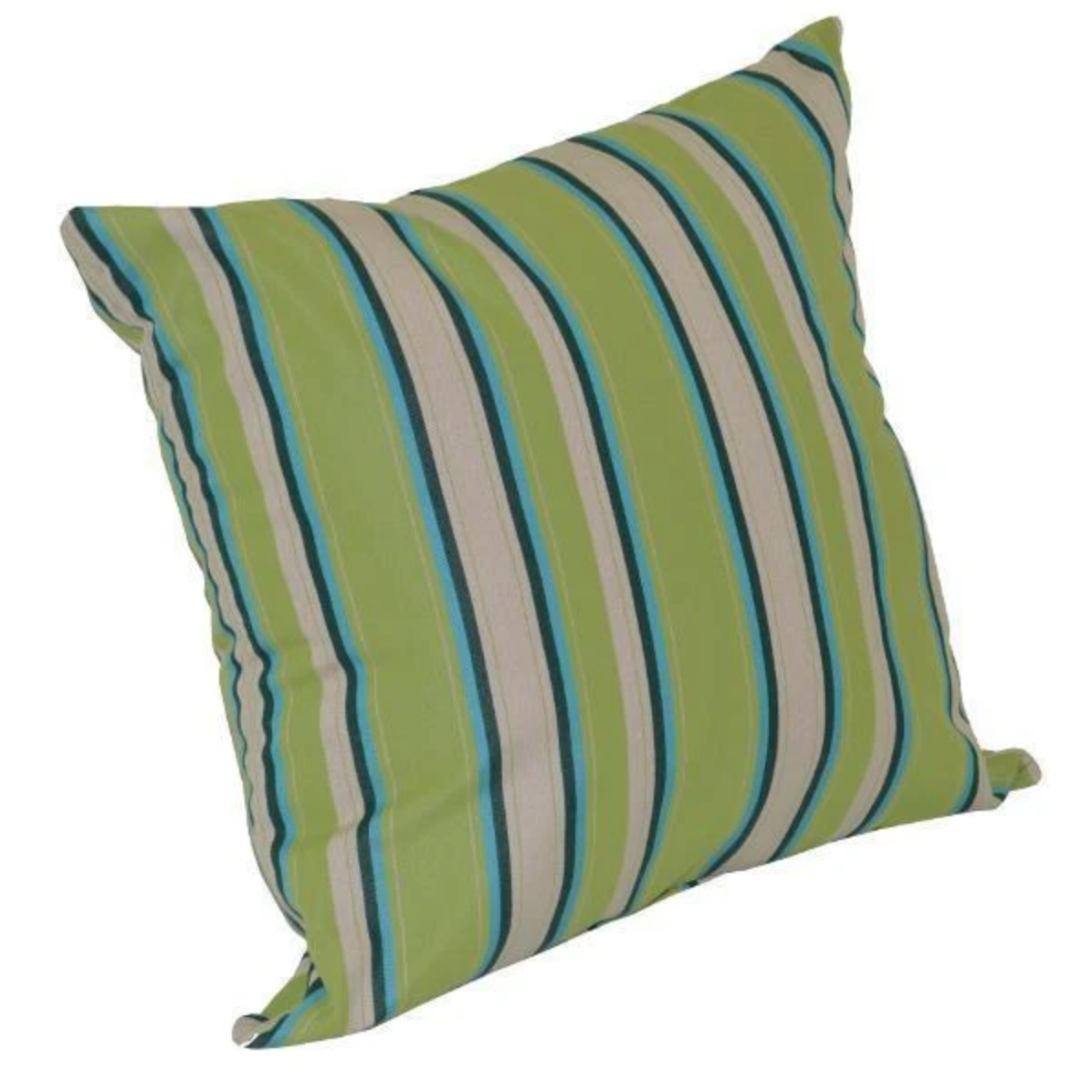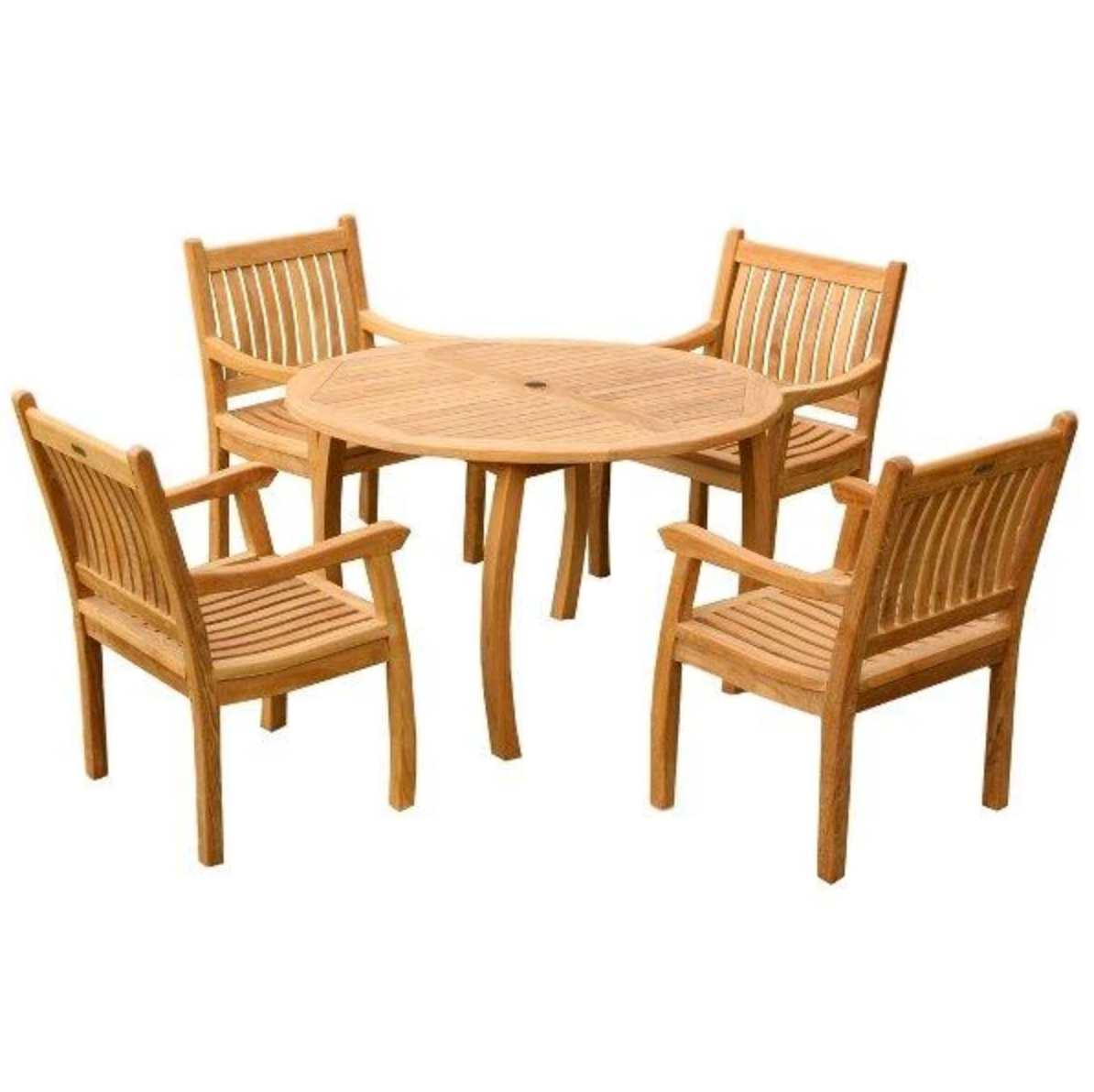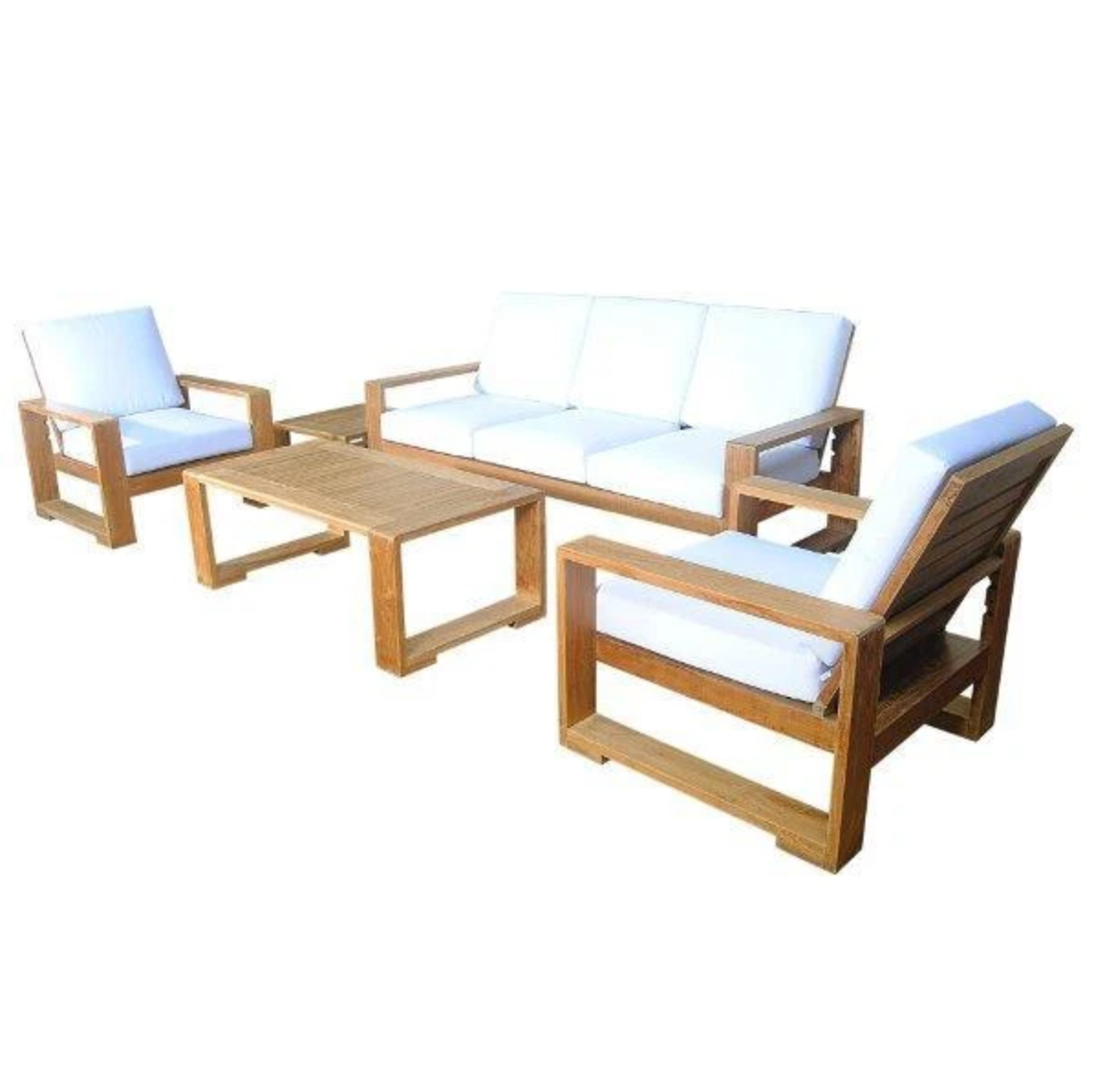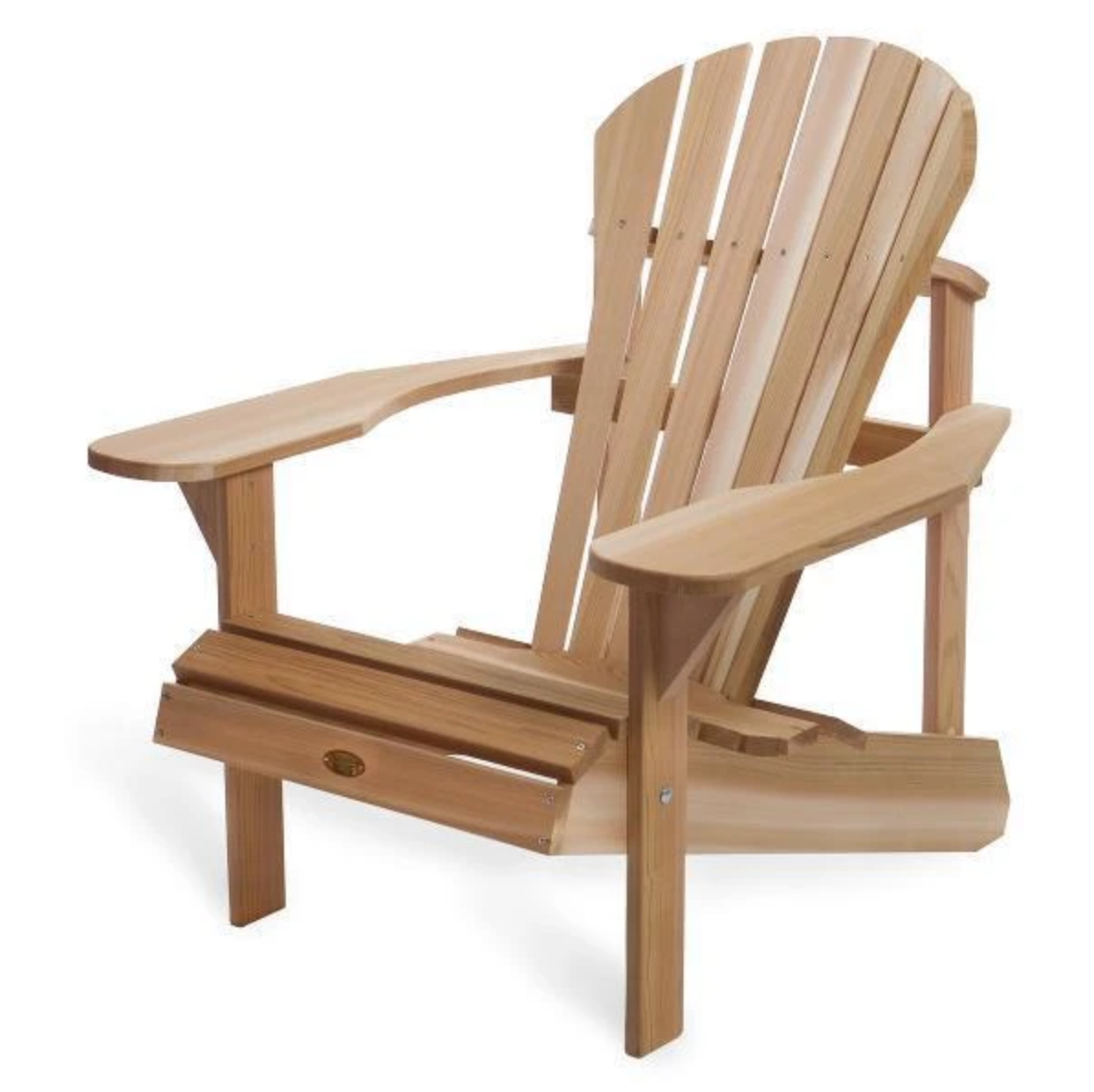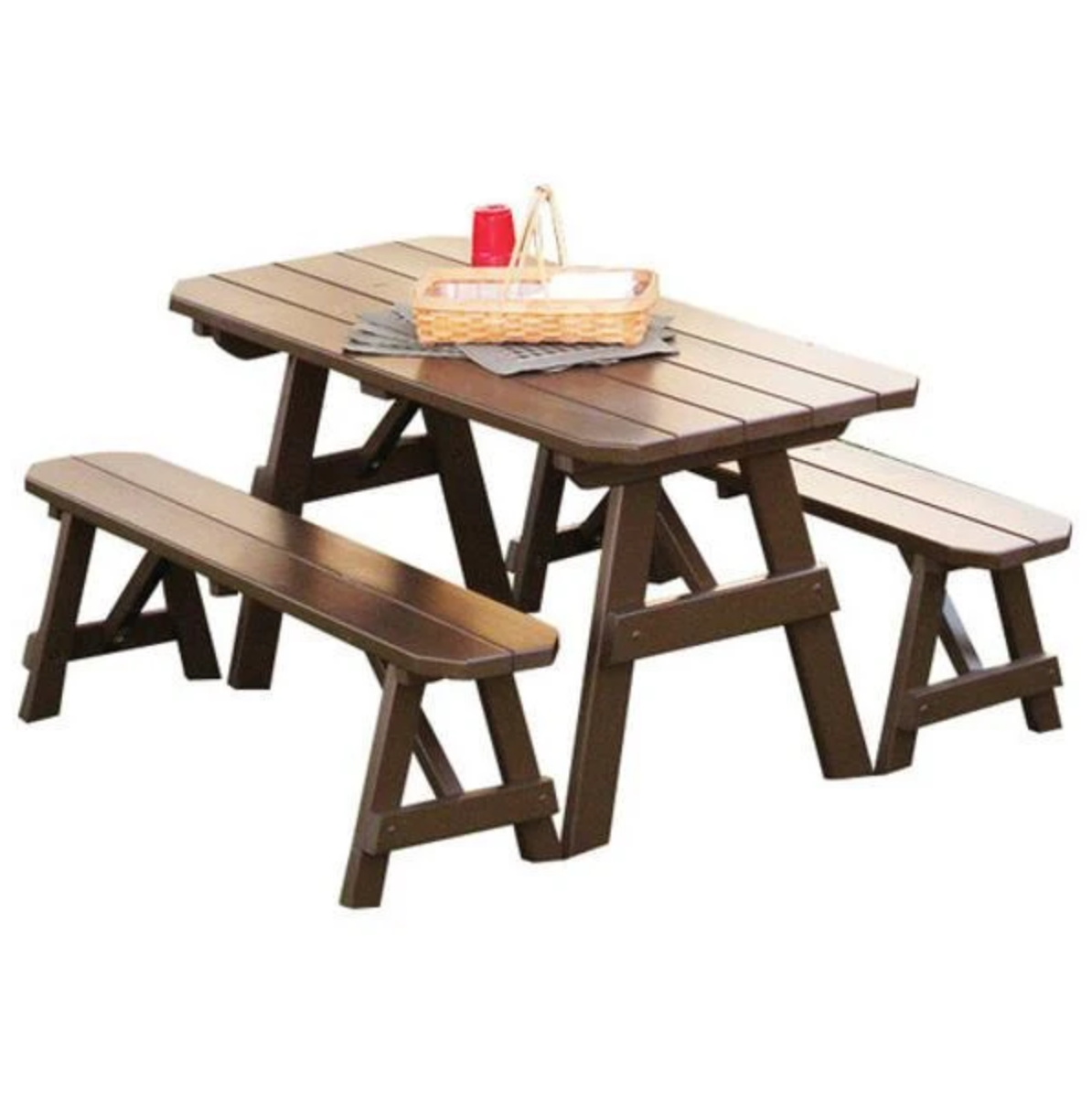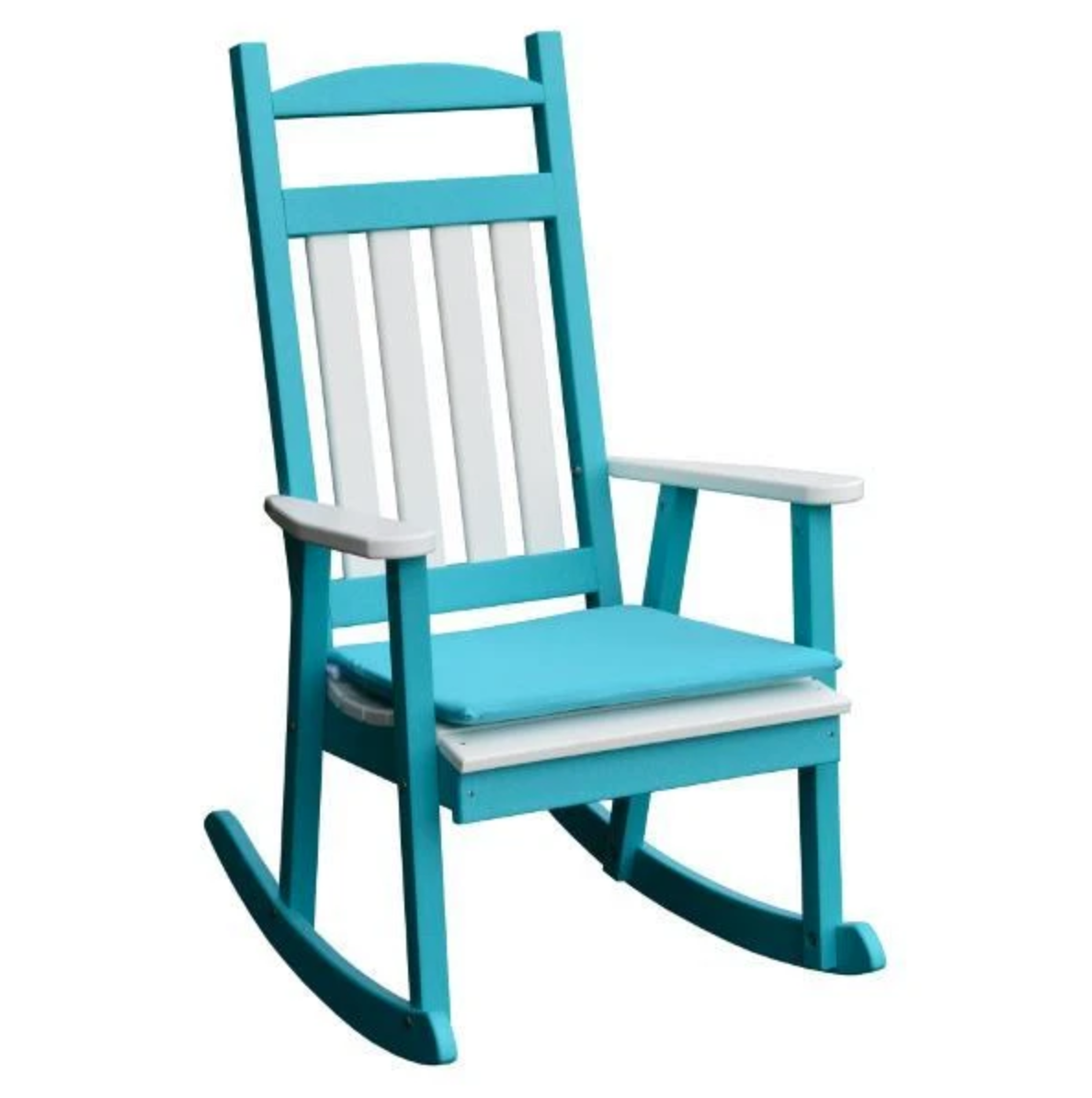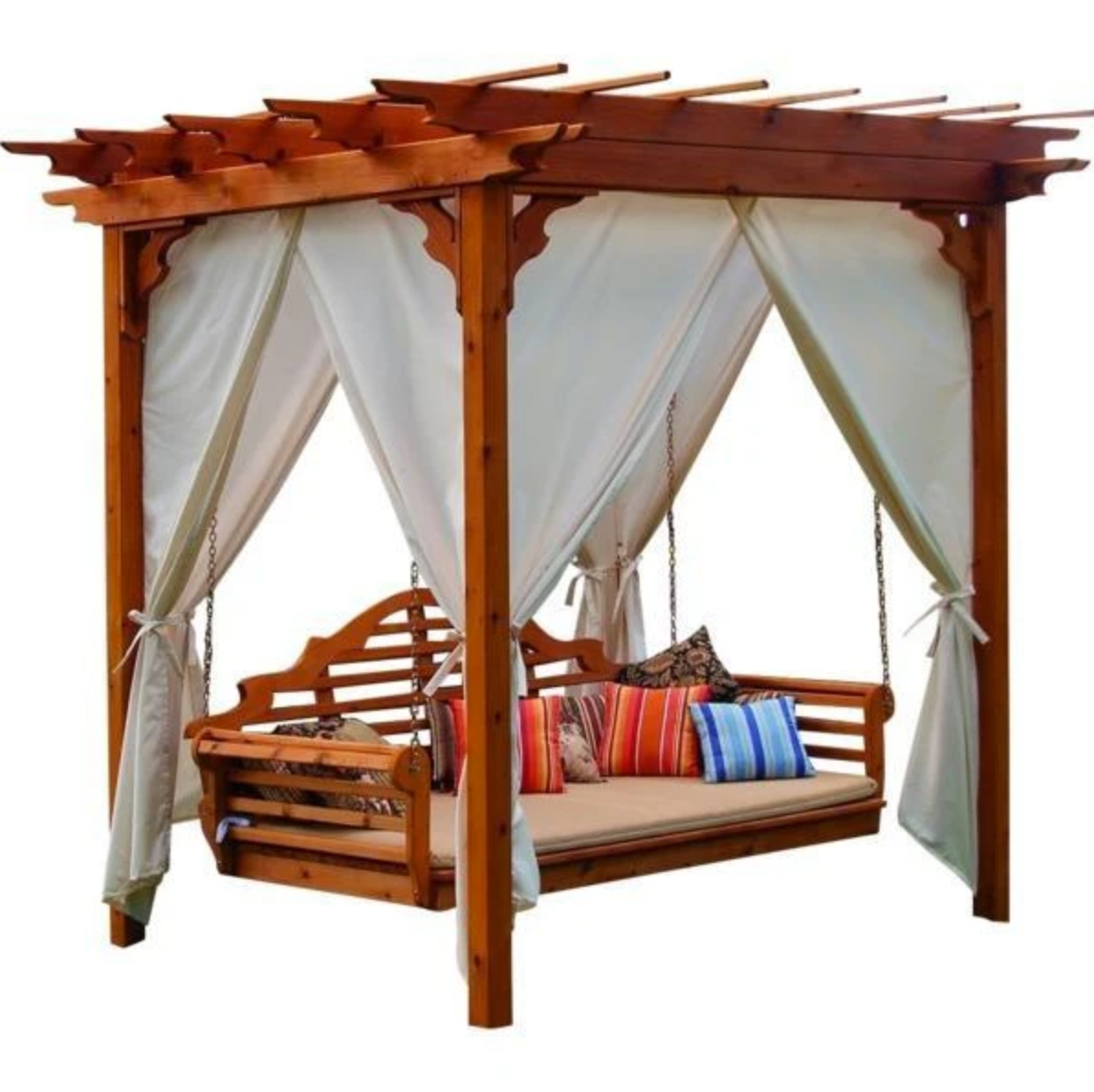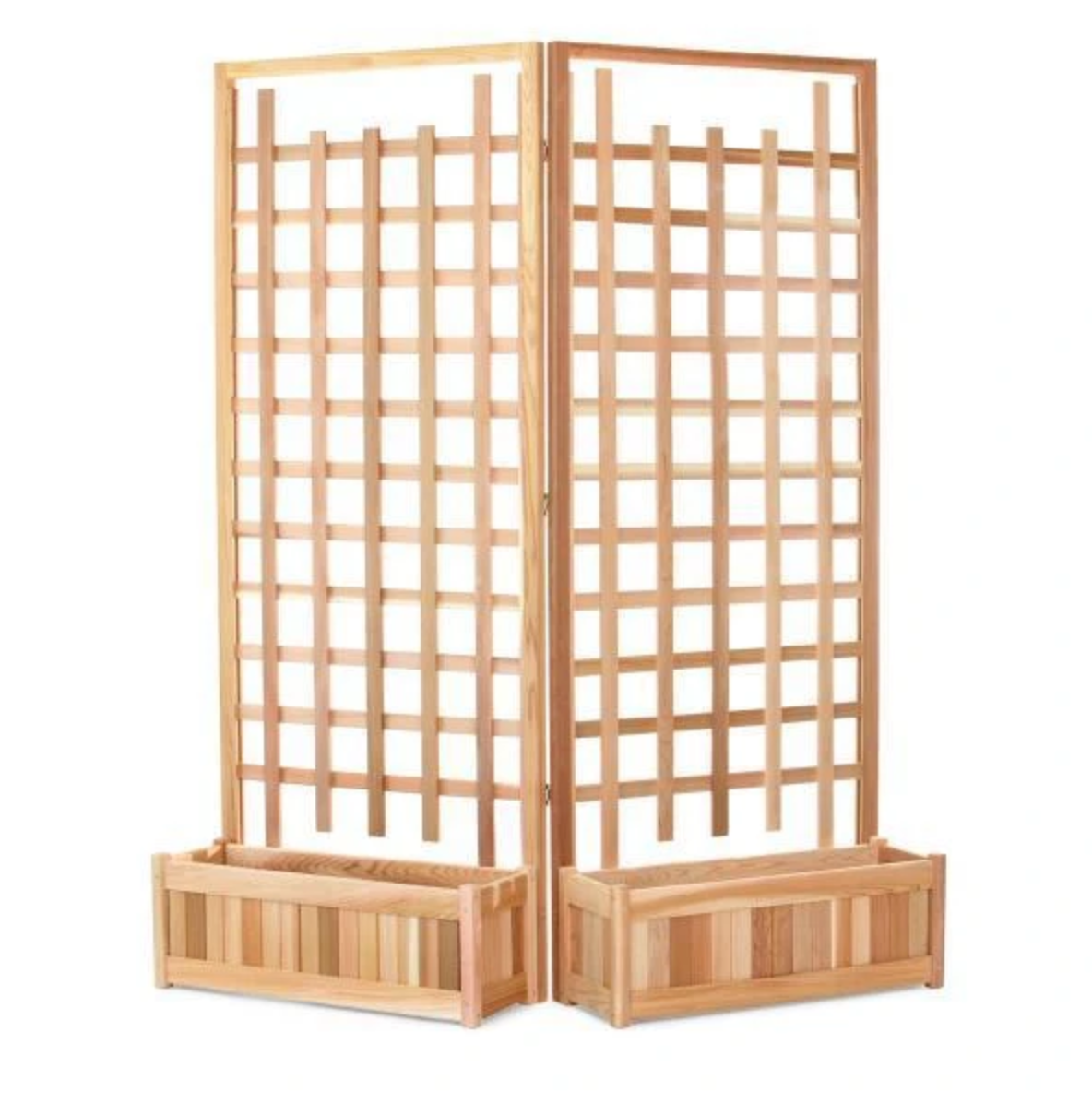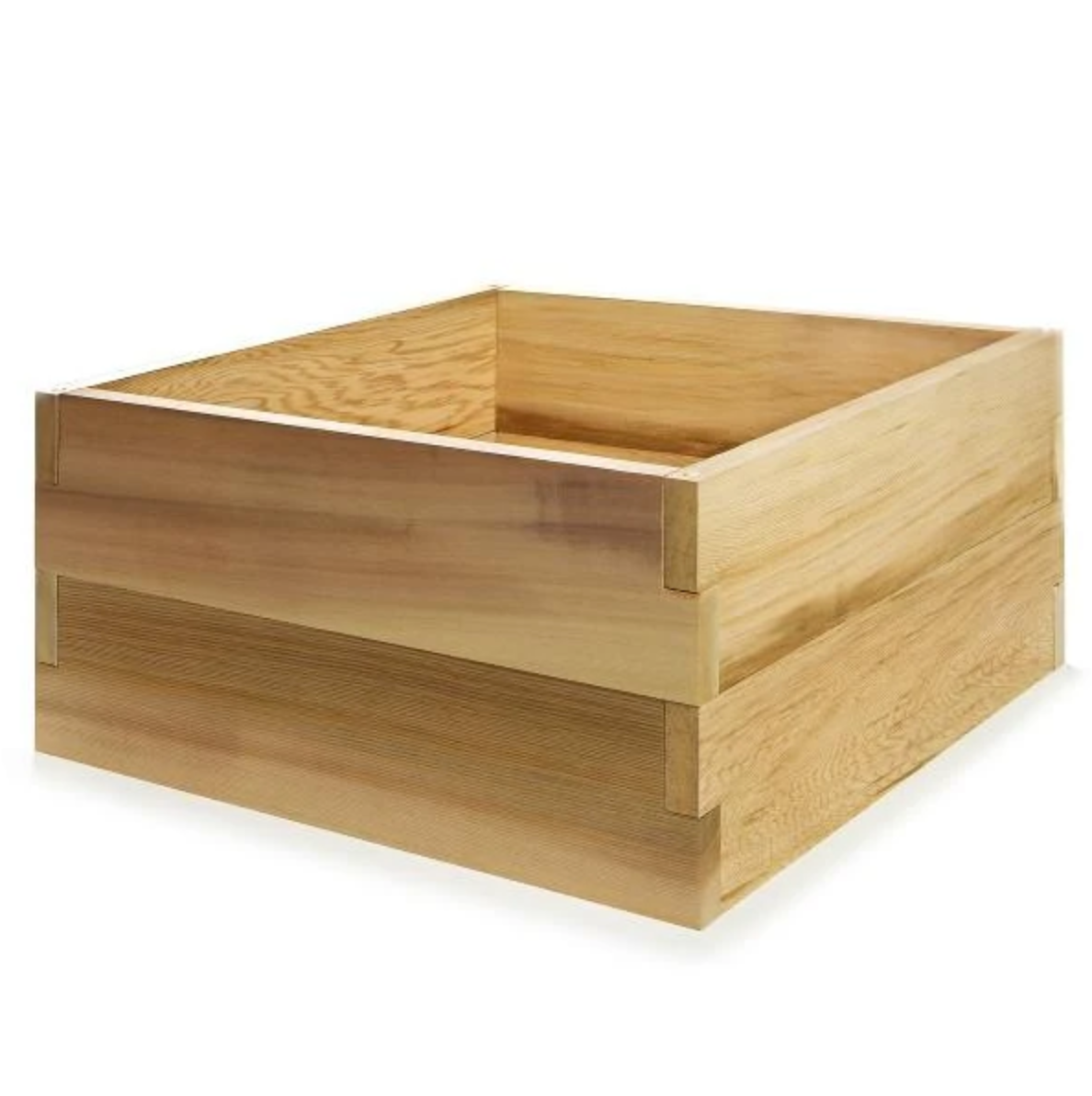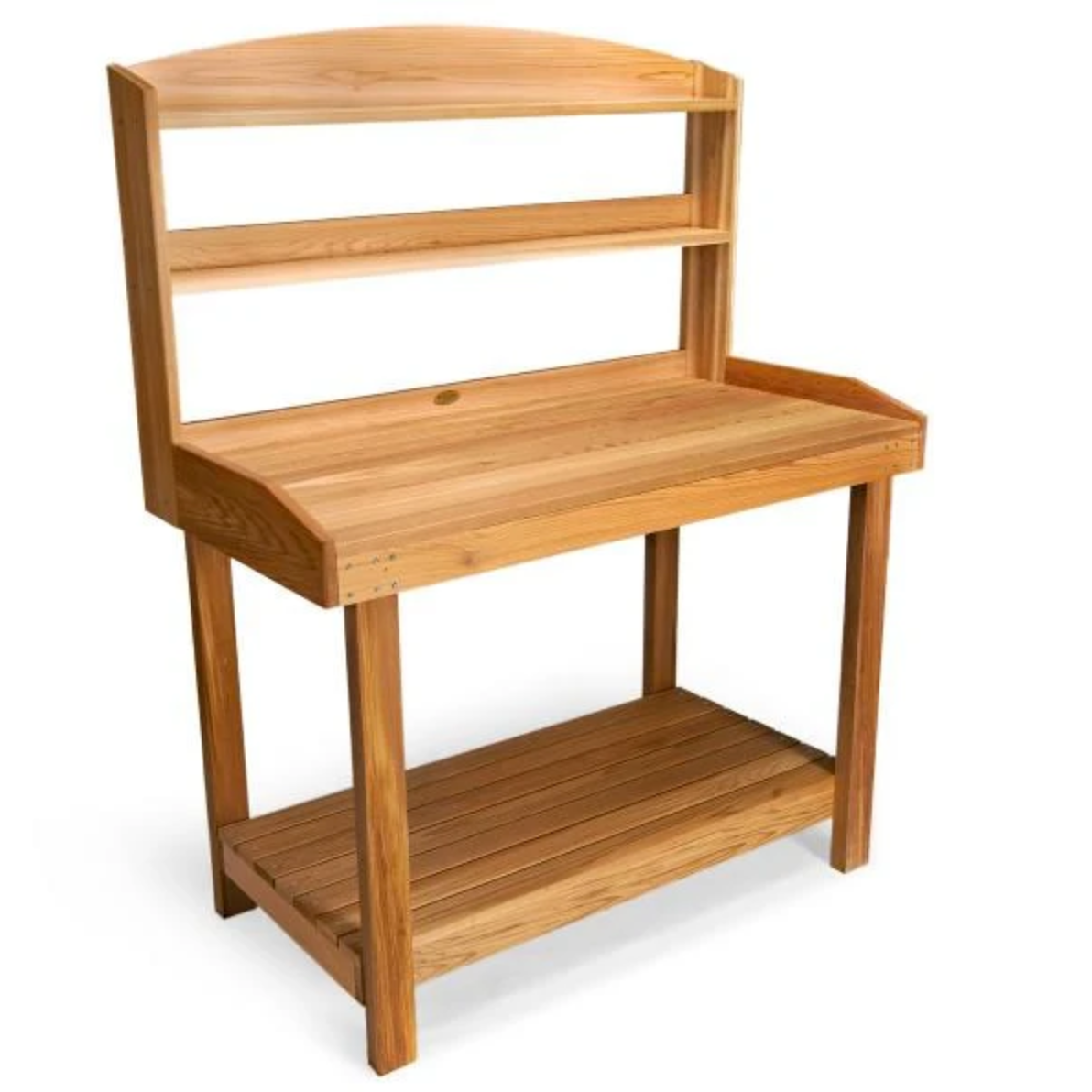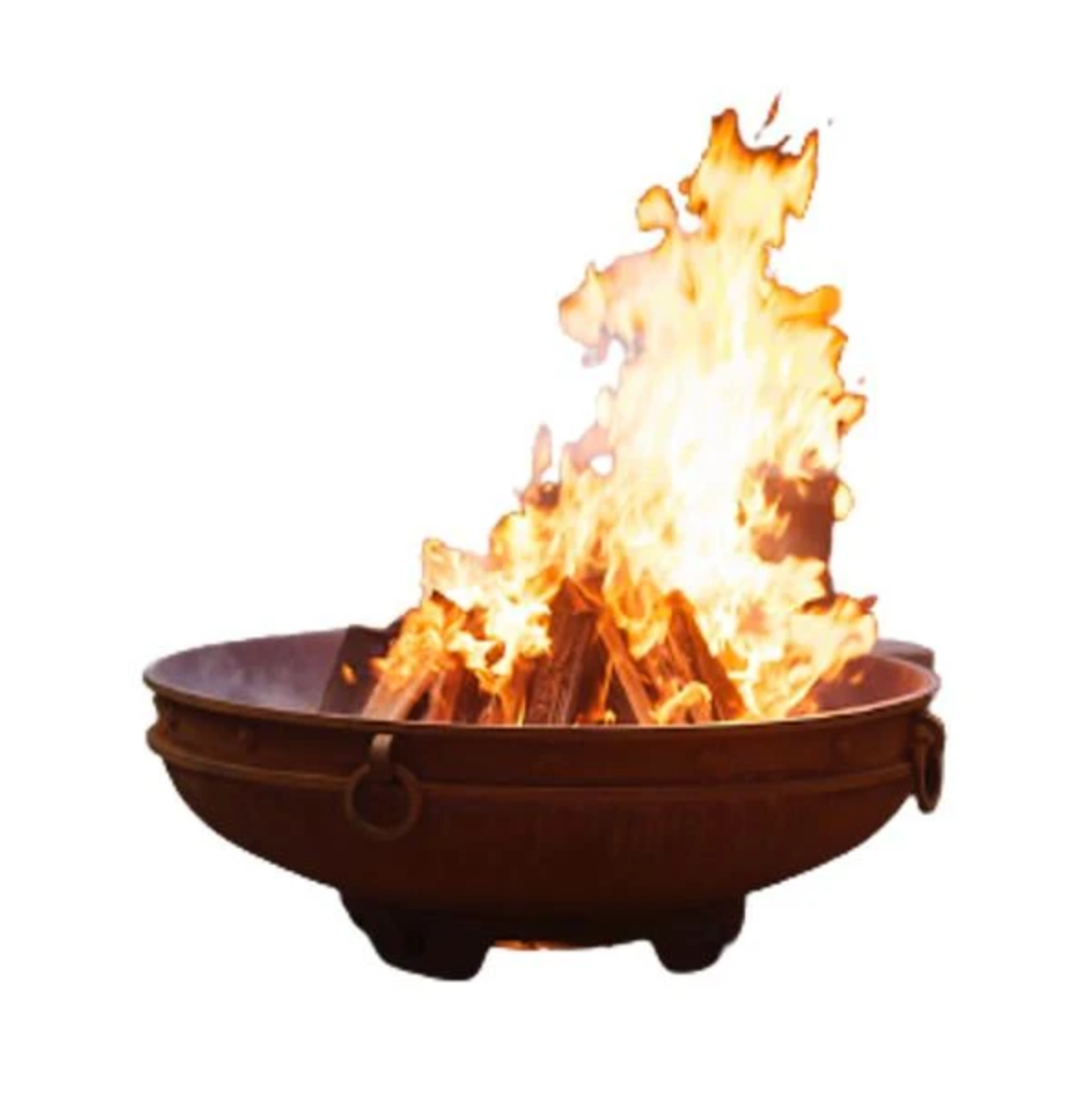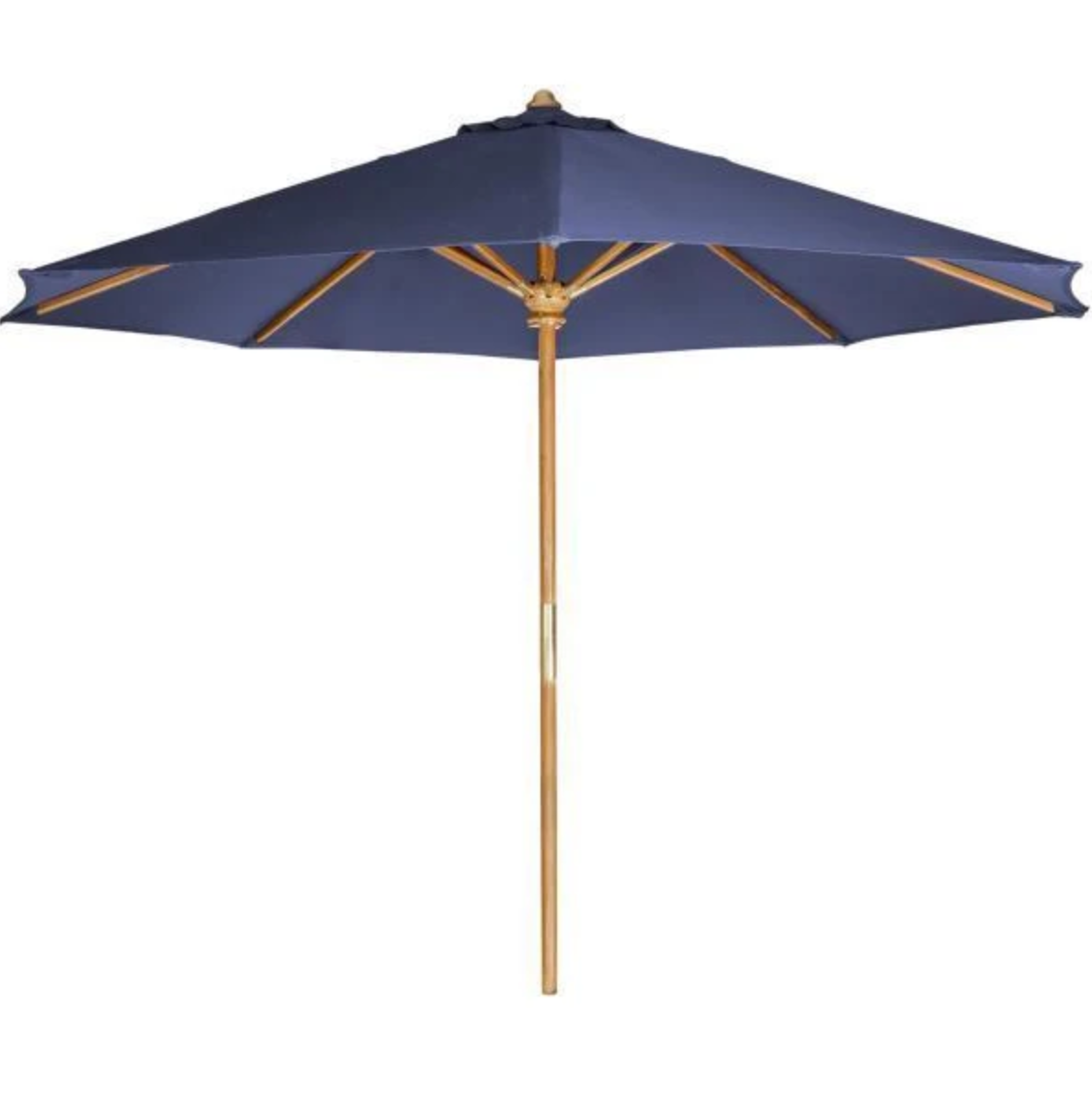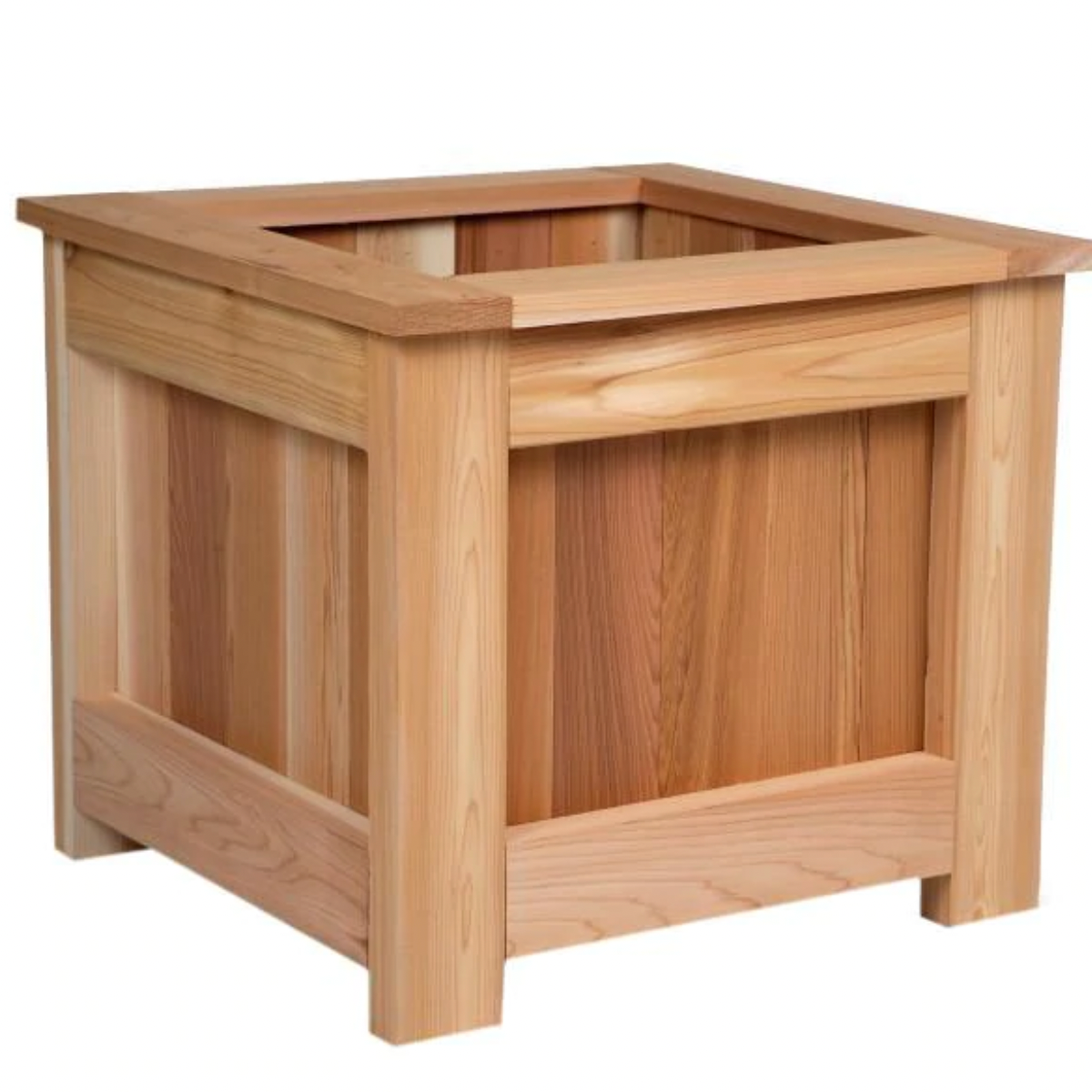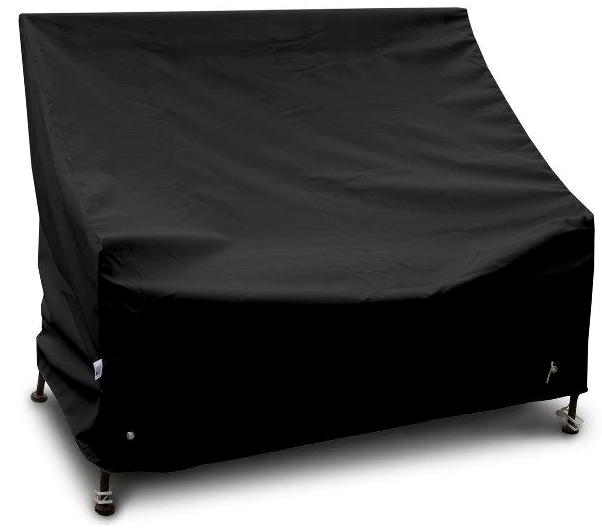Your Cart is Empty
FREE SHIPPING ON EVERY ORDER
Menu

FREE SHIPPING ON EVERY ORDER
Swings
Benches
Tables & Chairs
Home & Garden
How To Attract Birds To Your Garden

More than just hanging a bird feeder or placing a birdbath, there is so much more you can do to invite birds into your garden. In addition to attracting butterflies and bees, birds are lovely creatures that can rid your garden of pests like mice and insects.
They also help in pollination by discarding seeds through their waste. By creating a haven for them, you also provide a safe resting spot for migratory birds and help increase the population of wild birds.
How to Attract Birds to Your Garden
Provide Food
Your first agenda would be to provide food, and ideally, you’d want to provide different food sources. Most backyard birds will feed on seeds, berries, nuts, nectar plants, and insects. There are also omnivorous birds. Having a wide range of food sources will support different species of birds.
During winter, when food is scarce, you’ll want to support your feathered friends by hanging feeders and filling it with a variety of bird feed. Local stores usually have bags of feeds containing different seeds, nuts, and mixes. You can also add blocks of suet, a type of animal fat that birds love.
Place your feeders away from your house to avoid birds from crashing into your window. You can also offer kitchen scraps like bread or rice. Keep these in moderation because you do not want to attract unwanted guests, such as rodents.

Plant fruit-bearing trees or native plants that make a great addition to your garden and will also provide food for the birds. Some examples would be winterberry, coffeeberry, gray dogwood, crabapples, and northern bayberry, among others.
If you want to save up, create a garden sanctuary that serves as both habitat and diet for birds. Ask local bird experts around your area in which the native birds prefer plants in your geographic. Play host to a variety of birds and fill your garden with different plant species.
Let them Enjoy Happy Hour
Birds are naturally drawn to clean water for drinking and bathing. Look for shallow birdbaths or place a fountain in an undisturbed part of the garden. Birds will feel safer with surrounding foliage while enjoying their supply of water. Keep supplying water, especially on hot days, when water evaporates quickly.
Don’t forget to fill up a small shallow basin on the ground for ground feeders. In the winter, you can use a heated birdbath to prevent the water from freezing and allow birds to enjoy their warm water. Replace and clean your bird bath’s water to avoid the infestation of mosquitoes.
Create Sheltered Areas
Barren landscapes, bare patios, and well-manicured lawns might not attract birds because these are areas that look like danger zones where they will fall prey to predators. Plant different sized shrubs, trees, and vines. Trees with a large canopy of leaves are very inviting to birds.
If you can, allow some parts of your garden to go wild with thickets of leaves that cover and protect birds while they eat their food. Place different sizes of birdhouses in several areas of your garden to offer protection for them in the winter. Regularly clean these birdhouses to prevent any infestation of molds or mildew.

Invite them to Nest
Check with your local stores on what size and what height to place your bird nest box to attract a particular bird species. Provide nesting materials like scraps of wool, yarn, or fabric with small twigs. If you have pets, you can brush your dog or cat’s hair outside. Birds use fur as part of their nest materials.
Take a step further
Reduce the use of pesticides and other harsh chemicals that will harm these feathered creatures. Look for alternative and natural ways of killing insects and other pests.
Whether you plant a sunflower or two, leave some seeds or fill in a hole in the ground with water, the birds will indeed thank you. Now
to enjoy the chirping and singing rhythms of these majestic creatures.
Also in News
US
United States
Jan 02, 2026 01:40
Product Tag :
Product Collection :
×
